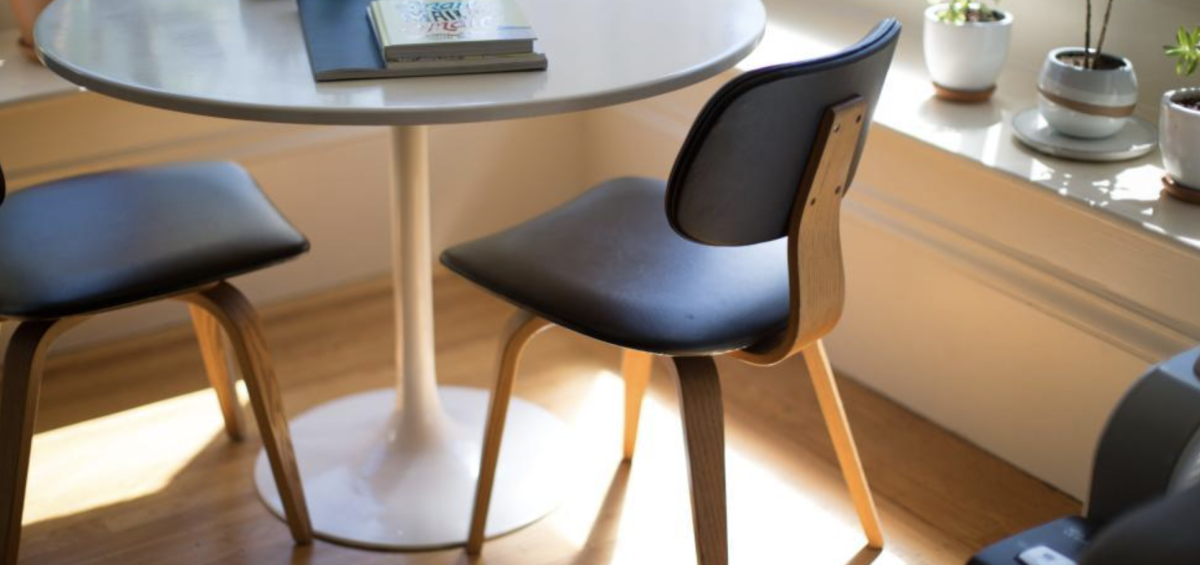Living in a small space forces you to reconsider everything you thought you knew about furniture. The dining table, once a straightforward purchase, becomes a complex puzzle of functionality, aesthetics, and spatial geometry. You need something that accommodates daily meals, occasional work sessions, and entertaining guests, all while not overwhelming the room or blocking natural light. It’s a tall order for what’s essentially a flat surface on legs. The challenge isn’t just about finding something that fits, it’s about finding something that transforms your space rather than constraining it further. Traditional dining tables often assume you have dedicated dining rooms with predictable usage patterns. Small space living demands furniture that adapts to your life, not the other way around.
Understanding Your Space’s Unique Constraints
Before diving into specific table styles, it’s worth mapping out your space’s particular limitations and opportunities. Measure not just the obvious dimensions but also the circulation patterns around where a table might sit. Can you comfortably walk around it when chairs are pulled out? Does it block access to windows, storage, or other functional areas? Consider the room’s multiple functions too. In studio apartments or open-plan living spaces, tables often serve as kitchen islands, work desks, and dining surfaces throughout the day. This multi-purpose reality shapes what features matter most and which design compromises make sense. Light patterns matter more than you might expect. A table positioned to block natural light can make a small space feel significantly more cramped, while one that works with the room’s lighting can actually enhance the sense of openness.
Smart Design Features That Maximize Functionality
Modern table design has evolved to address small space challenges with genuinely clever solutions. Extendable tables remain popular, but the mechanisms have become more sophisticated and user-friendly than the clunky leaf systems of the past. Some models can nearly double their surface area when needed, then shrink back to a compact profile for daily use. Drop-leaf tables offer similar flexibility with a more traditional aesthetic. The ability to raise one or both sides depending on your needs provides remarkable versatility, though you’ll need to consider where the dropped leaves sit in relation to your room’s layout. Storage integration represents another major advancement in small space table design. Models with built-in drawers, shelving, or hidden compartments can replace additional storage furniture while maintaining their primary function.
Take a look at these smart table solutions for small spaces that demonstrate how storage and dining functionality can work together seamlessly.
Material Choices That Impact Perception
The materials you choose significantly affect how a table impacts your space’s visual weight and atmosphere. Glass tops create an illusion of space by maintaining visual flow, though they require more maintenance and can feel cold in some settings. The base material becomes more prominent with glass tops, so consider how metal, wood, or other materials complement your existing decor. Solid wood tables provide warmth and character but can feel heavy in small spaces. Lighter woods or those with natural grain patterns that don’t overwhelm can work well, while darker woods might be better suited to larger spaces. Metal frames, particularly in lighter finishes, can provide structural support without visual bulk. The industrial aesthetic doesn’t work in every setting, but when it does, metal can create a sense of openness that heavier materials might not achieve.
Seating Considerations and Traffic Flow
Your table choice inevitably affects seating options, and in small spaces, this relationship becomes critical. Benches can tuck completely under tables when not in use, freeing up floor space. They also accommodate varying numbers of people more flexibly than individual chairs. Stackable or folding chairs offer storage advantages but may compromise on comfort for daily use. The trade-off between convenience and comfort depends on how frequently you’ll use the seating and whether you have adequate storage for folded chairs. Consider unconventional seating arrangements too. Bar-height tables paired with stools can create a more casual dining experience while taking up less floor space. The vertical emphasis can actually make low-ceilinged rooms feel taller.
Placement Strategies for Maximum Impact
Even the perfect table can fail if poorly positioned. Corner placement maximizes floor space but may limit seating options and create an awkward dining experience. Central placement facilitates conversation and equal access but consumes more room. Against-the-wall positioning works well for daily use, particularly if the table can be pulled out when entertaining. This approach works especially well with extendable tables that can accommodate more people when needed. Consider how the table relates to your room’s focal points. A table that competes with a beautiful window view or architectural feature might create visual tension, while one that complements these elements can enhance the overall space.
The Bottom Line
Choosing a table for tight spaces requires balancing multiple priorities: functionality, aesthetics, storage, and spatial efficiency. The best solutions often involve some compromise, but the right table can genuinely transform how you experience your space. Focus on understanding your specific needs and constraints before getting caught up in particular styles or features. The perfect small space table is the one that adapts to your life while enhancing rather than constraining your daily routines.

